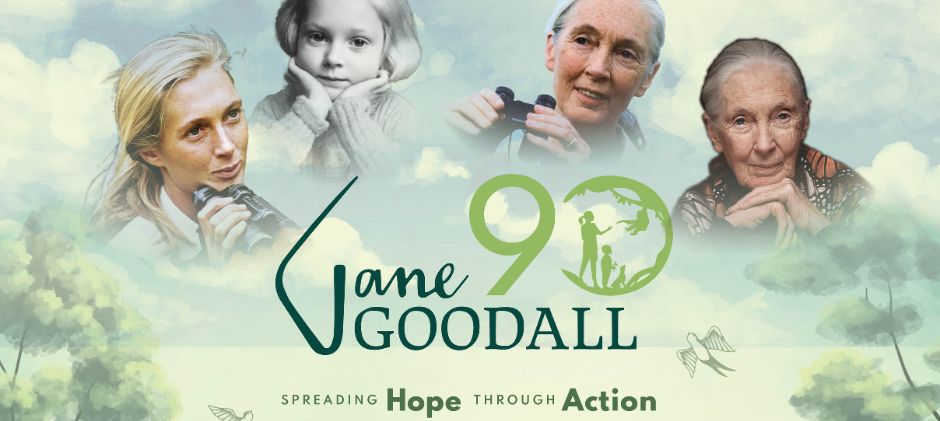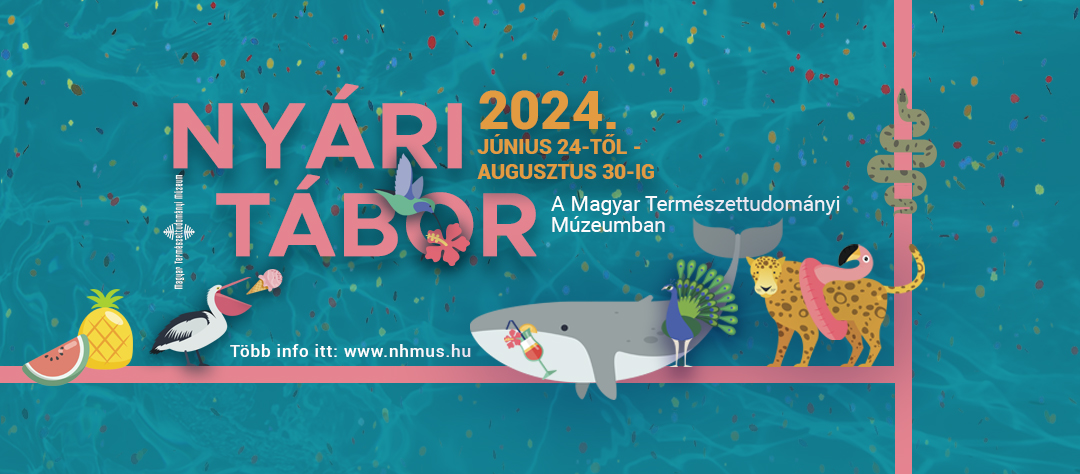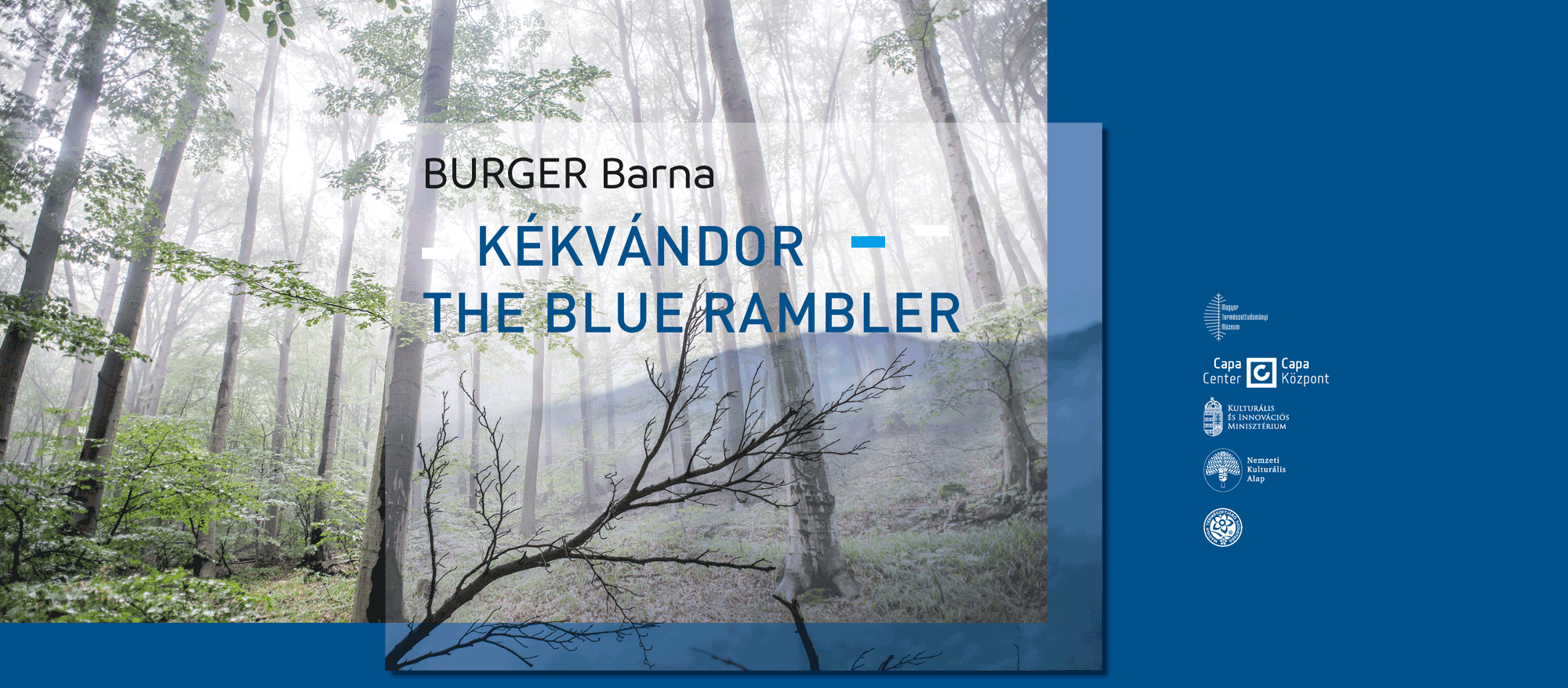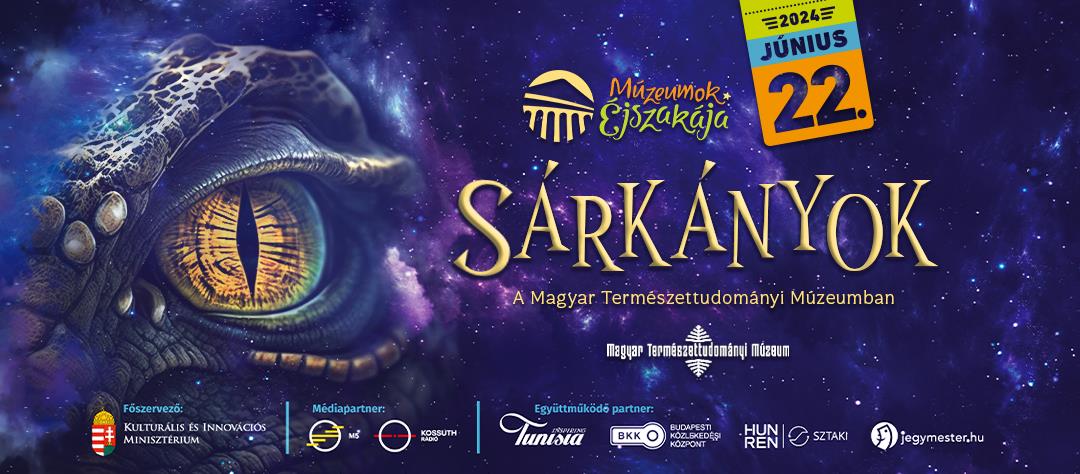The Ochsenheimer collection
The celebrated Austrian actor, Ferdinand Ochsenheimer (1767–1822), was the first monographer of the European Macrolepidoptera fauna. The Hungarian State bought his collection on Imre Frivaldszky’s advice in 1823. In 1838, the collection suffered serious damage by the flood, therefore many specimens became discarded. According to our inventory we have 1,568 Macrolepidoptera and 234 Microlepidoptera specimens preserved separately.
The Treitschke collection
Friedrich Treitschke (1776–1842) was an employee of the Habsburg court in Vienna and also a friend of Ochsenheimer’s. After Ochsenheimer died, Treitschke undertook to complete his book series “Die Schmetterlinge von Europa “.
The Treitschke collection, that is rich in types, was purchased by the Hungarian National Museum in 1843. We retain the 2,582 specimens in their original drawers.
The collection of Gelechioidea and Tineoidea
László Gozmány (1921–2006) was the curator of the Lepidoptera collection nearly for three decades. The main areas of his interest were the superfamilies Gelechioidea (twirler moths and their relatives) and Tineoidea (fungus moths and their relatives). As many species and genera of the above mentioned groups were described by him, this part of our collection is rich in type materials and voucher specimens.
The Szőcs herbaria
József Szőcs (1908–1987) worked as a preparator under the supervision of László Gozmány for several decades and became a specialist of pygmy moths (Nepticulidae). One example of his excellent work was the herbarium that he made from his numerous own-bred species. It is still an important reference collection for the research of the European nepticulids.
The Eupitheca collection
András Vojnits (1942–) was the senior curator of the Lepidoptera collection for more than twenty years. As he focused mainly on the widely spread Geometridae: Eupithecia and their relatives, his collection is considered to be a reference material, including many tpye species.
The Owlet Moths of the Himalayas
Inspired by Imre Frivaldszky, the Hungarian lepidopterists show high interest in the owlet moths (Noctuidae). The centre of their research is in the building of the Hungarian Natural History Museum, where the processing work of the materials came from the newest expedition and the related taxonomic works are conducted by László Ronkay . Our Owlet Moths collection is one of the most important of the world, including type material of several thousand taxa.
The Hreblay collection
After Márton Hreblay (1963–2000) tragically passed away we accepted his collection to preserve upon his heirs request. A significant part of this material, containing more than 140 thousand specimens, is a reference collection of owlet moths (Noctuidae) for the faunistics and taxonomy of Southeast Asia, primarily Nepal, Pakistan, Taiwan and Thailand.
The Balásházy collection
The exotic Lepidoptera collection of Imre Balásházy (1956–) was given to our museum by an escrow agreement in 2011. The conspicuously spectacular collection in the 177 standard museum drawers completely represents the diversity of the tribe Morphini (morpho butterflies).



